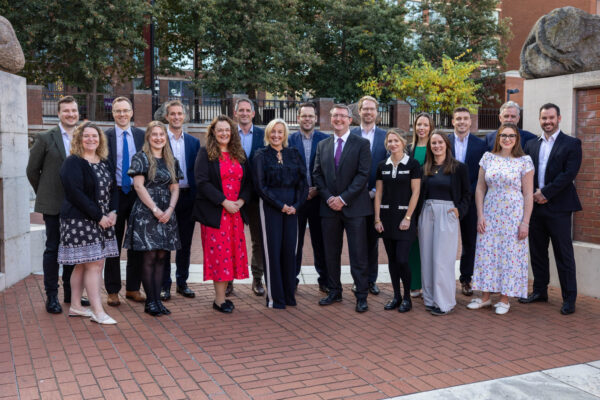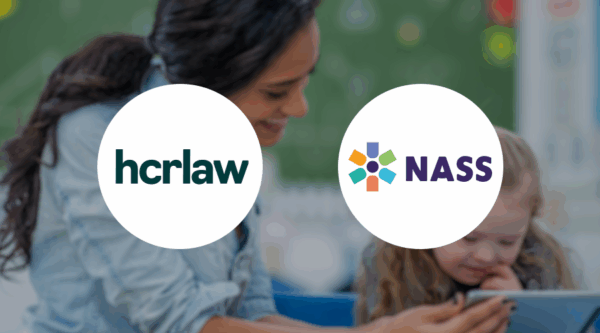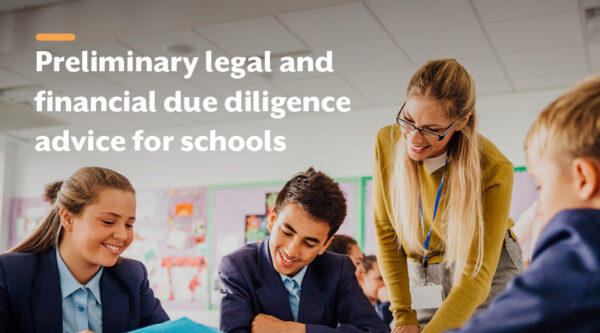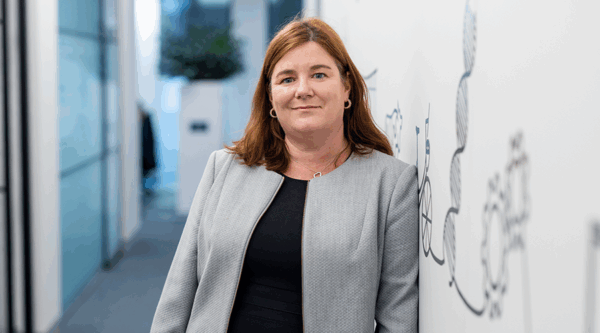

The statutory guidance Keeping Children Safe in Education (KCSIE 2025) was published in draft form on 7 July 2025. It is coming into effect from 1 September 2025 and will replace KCSIE 2024.
Whilst it was initially understood that KCSIE 2025 would be ‘substantively updated’ following the consultation in 2024 which was set to inform KCSIE 2025, it appears to again have only undergone ‘technical changes’ to reflect developments over the past year.
It is hoped that once the final version is published it will include updated guidance on Relationships, Sex and Health Education (RSE) and Gender Questioning Children. The latter guidance was initially published in draft form under the previous government and has been under review since that time.
KCSIE 2025 makes it clear that it will incorporate any future updates and progress on the Children’s Wellbeing and Schools Bill, the Violence Against Women and Girls strategy and the impact of the Casey Audit on Group-Based Child Sexual Exploitation and Abuse and subsequent inquiries.
In the meantime, the key changes at this stage, which are currently in draft and subject to change before September, are:
Part one – Safeguarding information for all staff
There are no substantive changes to part one.
Part two – The management of safeguarding
It has been reaffirmed that ‘Working together to improve school attendance’ is statutory guidance. This refers to information which relates to children missing education that governing bodies and proprietors should follow.
If published this summer as anticipated, KCSIE 2025 will include signposting to the updated guidance on RSE and Gender Questioning Children within part two.
In the section relating to online safety, the description of ‘content’ safeguarding harms has been expanded to explicitly include ‘misinformation, disinformation (including fake news) and conspiracy theories’.
To support governing bodies and proprietors to ensure their schools have sufficient filtering and monitoring processes in place, reference has been made to ‘plan technology for your school service’, which was published by the Department of Education (‘DfE’) in September 2024. This guidance allows schools to assess themselves against the standards for filtering and monitoring and receive recommendations on how to achieve them. There is an additional link added which refers to Generative AI: product safety expectations. This guidance is intended to support schools in using generative AI appropriately and explains how filtering and monitoring requirements apply to using generative AI within education.
In relation to alternative provision, following on from KCSIE 2024, it makes clear that schools should obtain written information from providers that necessary safeguarding checks have been carried out on those working there. Schools should also obtain records of addresses a child may visit and they should carry out at least half-termly reviews of any alternative provision placements. If any safeguarding concerns are raised, placements should be reviewed and terminated as necessary.
In line with the SEND code of practice, the words ‘spectrum’ and ‘disorder’ have been removed from the reference to autistic spectrum disorder. We note there remains a reference to ‘autistic spectrum’ conditions in the draft which may be updated before the final version is published.
With regard to virtual school heads, it states that the role has been extended since September 2024, to include a ‘non-statutory responsibility to promote the educational achievement of all children in kinship care’.
Part three – Safer recruitment
KCSIE 2025 removes reference to the TRA’s Employer Access Service and the Employer Secure Access. These were systems that allowed employers to view teacher records and manage information related to teachers who they employed and allowed schools to verify the status and qualifications of teachers respectively. KCSIE 2025 has replaced mention of these services with links to GOV.UK. Beyond this, there are no substantive changes to part three in KCSIE 2025.
Part four – Safeguarding concerns or allegations made about staff, including supply teachers, volunteers and contractors
There are no substantive changes to part four.
Part five – child-on-child sexual harassment
There are no substantive changes to part five.
What does this mean for schools?
The most significant changes this year relate to alternative provision and AI. AI in education is a developing area as AI is used more often in schools, by both staff and pupils. We have previously recommended that schools should consider adopting an AI policy to outline how AI should be used by staff and pupils. Our article on the role of AI checkers in schools can be found here.
Whilst the changes so far to KCSIE 2025 are minimal, it is important for schools to ensure their safeguarding and child protection policies are reviewed and updated to reflect the latest changes preferably before they come into effect on 1 September 2025. Policies may need amendments once the final version of KCSIE 2025 and the anticipated guidance on RSE and Gender Questioning Children is published.
We are updating the ISBA Model Template Child Protection and Safeguarding Policy, which will be available on the ISBA Reference Library shortly.
Schools should continue to provide all staff and governors with up-to-date safeguarding training, with a focus on online safety, technology and the use of AI due to the increasing risks presented in this area. They should also maintain adequate records of all safeguarding concerns, attendance issues, and any alternative provision placements.
For schools that have pupils placed in alternative provision, they should ensure contracts with their providers set out their safeguarding obligations and allow termination if these obligations are not met. Schools should also consider developing a review process for alternative provision placements to ensure half-termly reviews take place.
If schools have any questions or for further advice or support in implementing these changes, please do not hesitate to reach out to your usual contact.










